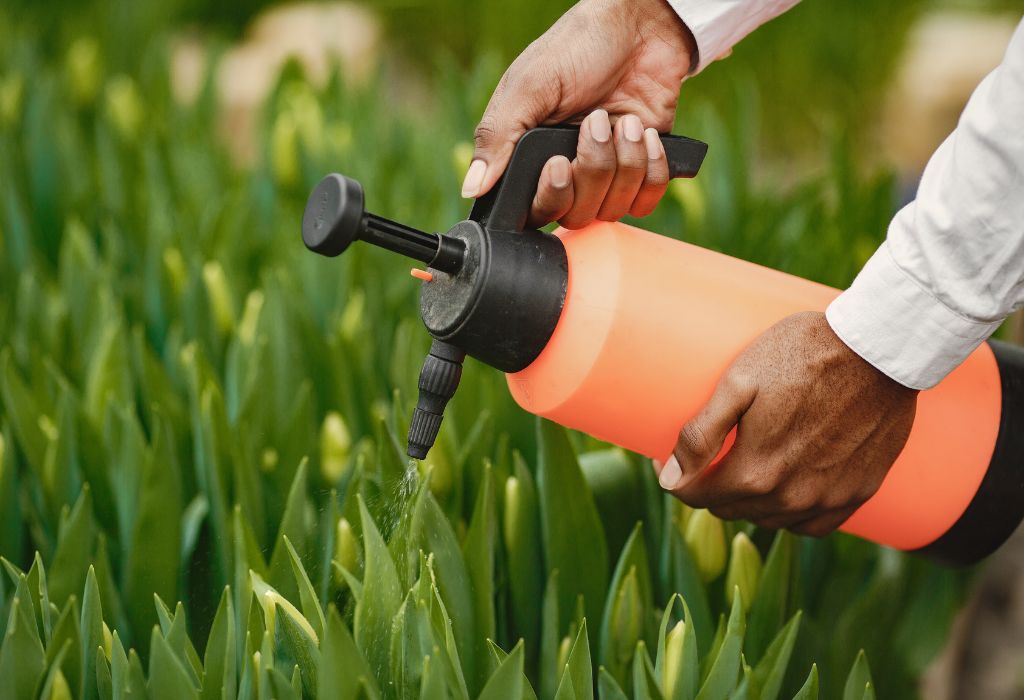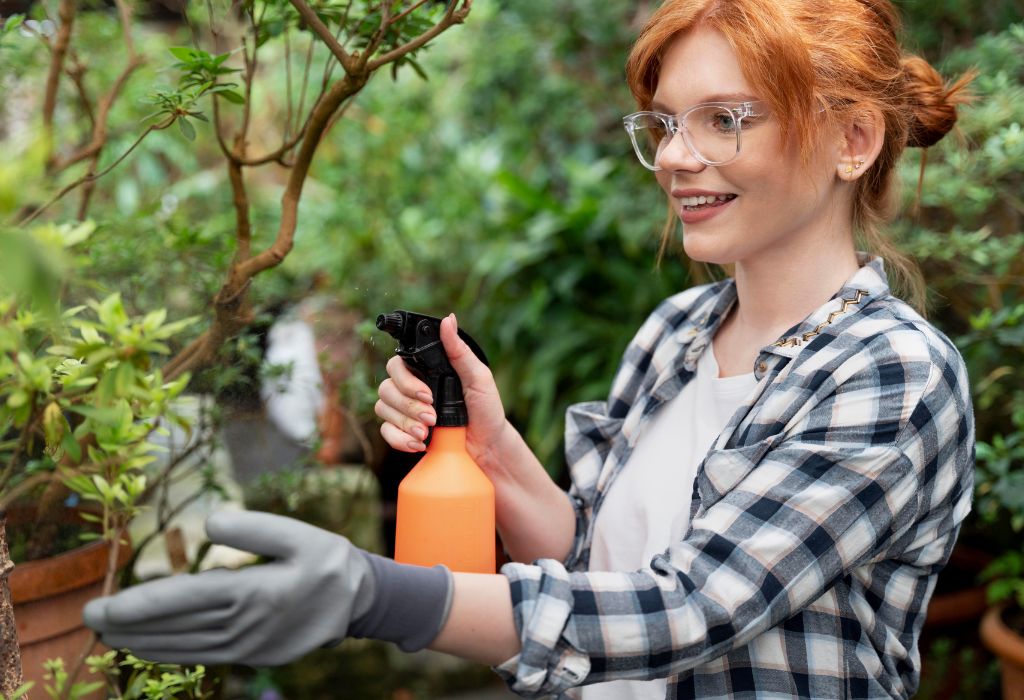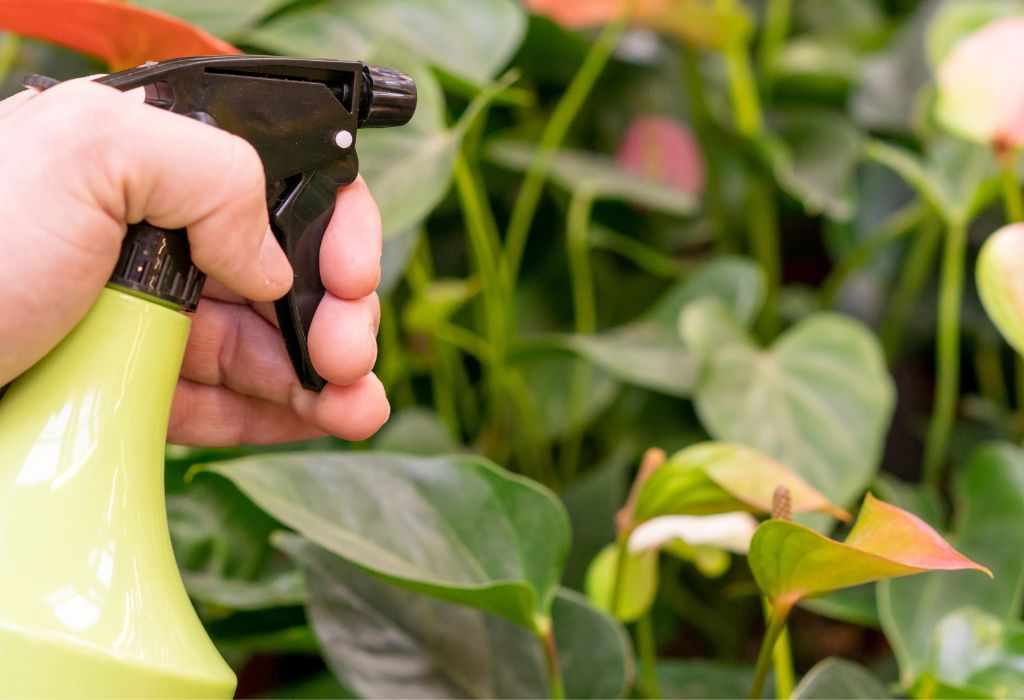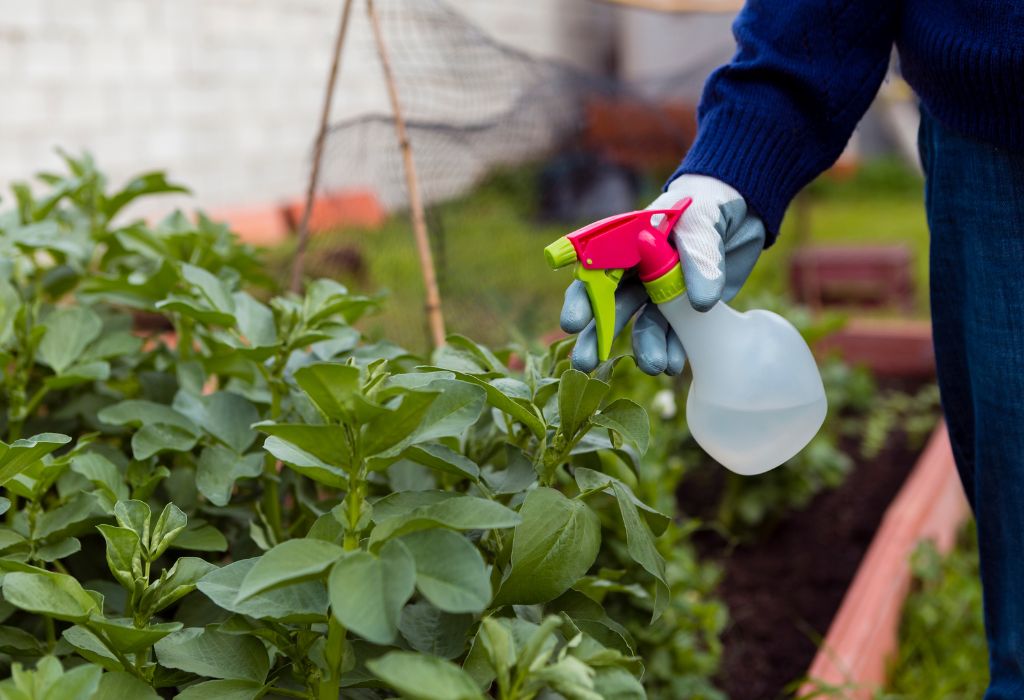Weeds appear silently in every garden, stealing nutrients and space before plants have a chance to thrive.
They compete for sunlight, water, and soil minerals, leaving flowers and vegetables weaker and less productive.
Studies show that unmanaged weeds can cut crop yields by up to 34%, which proves just how damaging they can be source.
Gardeners spend hours pulling weeds, yet the same stubborn invaders often return within weeks.
This endless cycle of growth and removal leaves many wondering if weed-free gardens are even possible.
Preen Garden Weed Preventer offers a smarter approach by blocking weeds at the seed stage before they even sprout.
It creates a protective barrier in the soil, reducing maintenance and giving plants a stronger chance to flourish.
Understanding how to use Preen properly ensures season-long protection and a healthier, more beautiful garden.
What Is Preen Garden Weed Preventer?

Preen Garden Weed Preventer is a granular product designed to stop weeds before they appear. It works by forming a barrier in the top layer of soil that blocks seeds from sprouting.
Unlike weed killers, it does not attack plants that have already grown. Instead, it prevents new weeds from competing with flowers, shrubs, and vegetables.
This proactive approach saves time and energy compared to pulling weeds repeatedly. It helps create cleaner, healthier garden beds with far less maintenance.
Preen is commonly used in flower beds, around trees, and in landscaped areas. When applied correctly, it offers protection for 8–12 weeks at a time.
What does Preen garden weed preventer do?
It blocks weed seeds from germinating, preventing new weeds.
Is Preen a weed killer or preventer?
It is a preventer, not a weed killer.
Does Preen work on all weeds?
It controls many common weeds but not every variety.
How long does Preen last?
Most applications last about 8–12 weeks.
Why Weed Prevention Matters in Gardening
Weeds compete with plants for vital nutrients that are essential for growth. They also reduce water availability and limit access to sunlight.
If left unmanaged, weeds can quickly overwhelm even well-maintained gardens. This results in weak, stressed, and underperforming plants.
They also spread aggressively, producing seeds that travel across beds and lawns. Once established, they can be very difficult to remove permanently.
By preventing weeds at the germination stage, gardeners ensure healthier plants and stronger soil. This leads to more attractive and productive gardens.
Why should weeds be prevented early?
Weeds compete for nutrients and water right from the start.
Do weeds harm soil nutrients?
Yes, they quickly drain nutrients essential for plant growth.
Are weeds dangerous for flowers/vegetables?
They crowd out plants and reduce garden productivity.
Can weeds spread quickly?
Yes, some weed species spread aggressively within weeks.
Step-by-Step Guide: How to Use Preen Garden Weed Preventer
Start by clearing the area of existing weeds, as Preen does not kill plants that are already growing. Rake the soil surface smooth and prepare beds for application.
If using mulch, spread it evenly over the soil before adding Preen. The product works effectively when applied directly over mulch or bare soil.
Shake Preen granules evenly across the surface, using a spreader or by hand. Be careful to avoid clumps or over-application.
Water the area immediately after applying, as this activates the barrier that stops seeds from sprouting. Without water, the product will not work effectively.
When should I apply Preen?
Apply before weed seeds germinate in spring or summer.
How do you spread Preen evenly?
Shake granules gently and cover soil with a light layer.
Can I use Preen on mulch?
Yes, apply on top of mulch for better protection.
Should I water after applying Preen?
Yes, watering activates the product.
How long does Preen need to activate?
Usually within a day after watering.
Best Times & Seasons to Apply Preen

Spring is the most effective time to apply Preen, as this is when most weed seeds begin to germinate. Applying early helps create a barrier before weeds can appear.
Summer applications work well for mid-season protection. Reapply after the recommended 8–12 weeks for continuous results.
In fall, Preen can be used to prepare beds before winter. This helps prevent weeds from sprouting when temperatures rise again.
Winter is not recommended for Preen, as frozen soil and dormancy make the product ineffective. Proper timing is key for maximum success.
Can Preen be used in winter?
No, it’s ineffective in frozen or dormant soil.
How many times a year should I use Preen?
Reapply every 9–12 weeks as needed.
Does rain affect Preen?
Light rain helps activate it, heavy rain may wash it away.
Should I reapply Preen after heavy rain?
Yes, reapplication is often necessary.
Preen Application Tips for Different Garden Types
Flower beds benefit greatly from Preen, as weeds are less likely to invade between blooms. Apply around established plants for season-long control.
In vegetable gardens, only use Preen products that are specifically labeled as safe for edibles. This ensures that food crops are not harmed.
For shrubs and trees, spread Preen evenly around the base. This keeps roots clear of weeds that can steal nutrients.
Pathways, gravel, and mulch areas also respond well to Preen. It prevents weeds from sprouting between stones or walking paths.
Is Preen safe for vegetable gardens?
Only use Preen products labeled safe for edibles.
Can I use Preen around roses?
Yes, it is safe for many ornamentals like roses.
Does Preen work under trees?
Yes, it can be applied under trees and shrubs.
Can Preen be used on gravel paths?
Yes, it prevents weeds between stones and pathways.
Common Mistakes to Avoid When Using Preen

One common mistake is applying Preen on existing weeds, which it cannot kill. Always clear the area before treatment.
Another mistake is using too much product, which can harm soil and nearby plants. Follow the label for the correct amount.
Some gardeners forget to water after applying Preen. Without moisture, the barrier cannot form properly.
Others misuse it on young seedlings or lawns, where it may prevent desirable growth. Use only where recommended.
What happens if I use too much Preen?
Overuse may affect soil balance and nearby plants.
Can Preen kill plants?
If misapplied, it may harm young seedlings.
Does Preen stop grass from growing?
Yes, avoid applying where you want grass to grow.
Can I pull weeds after applying Preen?
Yes, remove existing weeds before or after applying.
Safety Precautions & Environmental Considerations
Preen is safe for people and pets once it is watered in and the soil surface has dried. Always keep animals away during initial application.
It does not harm pollinators like bees, since it targets seeds in the soil. This makes it safer than many chemical alternatives.
Store Preen in a cool, dry place away from children. Always use gloves when handling to avoid skin irritation.
For eco-conscious gardeners, Preen can be paired with mulch and other organic methods. This provides balanced weed control without overreliance on chemicals.
Is Preen safe for pets?
Yes, once watered in and soil is dry.
Can Preen harm pollinators?
No, it targets soil germination, not pollinators.
Is Preen toxic to humans?
Not if used as directed and handled with care.
What if kids play in treated soil?
Safe once watered in and soil surface is dry.
Preen vs Other Weed Prevention Methods
Mulch provides a physical barrier but often allows weeds to break through. Preen adds chemical protection for stronger results.
Landscape fabric is another option but can be costly and harder to install. Preen is easier to apply and maintain over time.
Manual pulling remains the most natural method but is time-consuming. Preen reduces the need for frequent weeding.
The best results often come from combining Preen with mulch. This approach provides both physical and chemical barriers against weeds.
Is Preen better than mulch alone?
Yes, mulch plus Preen gives stronger protection.
Does Preen replace weed fabric?
It can reduce the need but won’t fully replace it.
Which is more cost-effective: Preen or fabric?
Preen is often cheaper for large beds.
Can I combine Preen with other methods?
Yes, combining methods boosts results.
Maintenance After Applying Preen

Preen should be reapplied every 8–12 weeks for season-long weed prevention. Mark your calendar to maintain consistent protection.
Check garden beds regularly for signs of new growth. If weeds appear, pull them and reapply as needed.
Fertilizer can be used alongside Preen to encourage healthy plant development. Both products complement each other when used correctly.
When planting new flowers, reapply Preen to disturbed soil. This ensures fresh protection in newly added garden areas.
How often should I reapply Preen?
Every 8–12 weeks for continuous control.
What if weeds still appear?
Remove them manually and reapply.
Can I add fertilizer with Preen?
Yes, it can be combined with fertilizer.
Should I reapply after planting new flowers?
Yes, reapply after disturbing the soil.
Conclusion
Weeds are an unavoidable challenge, but they can be controlled with the right strategy. Preen Garden Weed Preventer stops seeds before they sprout, creating healthier gardens.
By applying it correctly and avoiding common mistakes, gardeners save time and energy. Continuous reapplication ensures season-long protection.
Preen works best when paired with mulch and other good practices. Together, these methods create strong barriers against weeds.
For easy weed control and healthier soil, learning how to use Preen Garden Weed Preventer is one of the smartest gardening steps you can take.
I’m Maya L. Greenwood, a lifelong plant lover who believes anyone can grow something beautiful with the right guidance. After years of testing soil mixes, pruning methods, irrigation tricks, and pest-safe solutions, I started EasyGardenTips.com to turn hard-won lessons into step-by-step advice. From seed starting and container gardens to composting and seasonal checklists, my goal is to make gardening simple, sustainable, and fun.
